
Contrary to what one might think, cleaning a carburetor becomes necessary especially when the generator is not used often. This is because, during period of inactivity, it is very likely that the gasoline contained in the tank may have undergone progressive degradation Trusted Source Can gas really go bad? - CNN.com Does gasoline really go “bad” if you leave it unused for a period of time? Some people are convinced this is just another urban legend, and that people who worry about “old gas” and spend money on fuel stabilizer are wasting psychic energy as well as cash. edition.cnn.com .
Letting gasoline degrade can become a real problem when trying to start the engine. The gasoline in the tank can thicken and form lumps. Knowing how to clean generator carburetor by simply disassembling, cleaning, and putting it back using our DIY method will save you time and money. Time, because if you want, you can perform this cleaning in a couple of minutes; money, because you won’t have to pay a specialized mechanic to do it for you.
Most of the carburetors, from a structural point of view, are quite similar to each other, so the indications that we will provide you may apply to most of these. Whether you have a Briggs and Stratton generator or a Honda EU2200, in this article, we will see how to clean carburetor on generator.
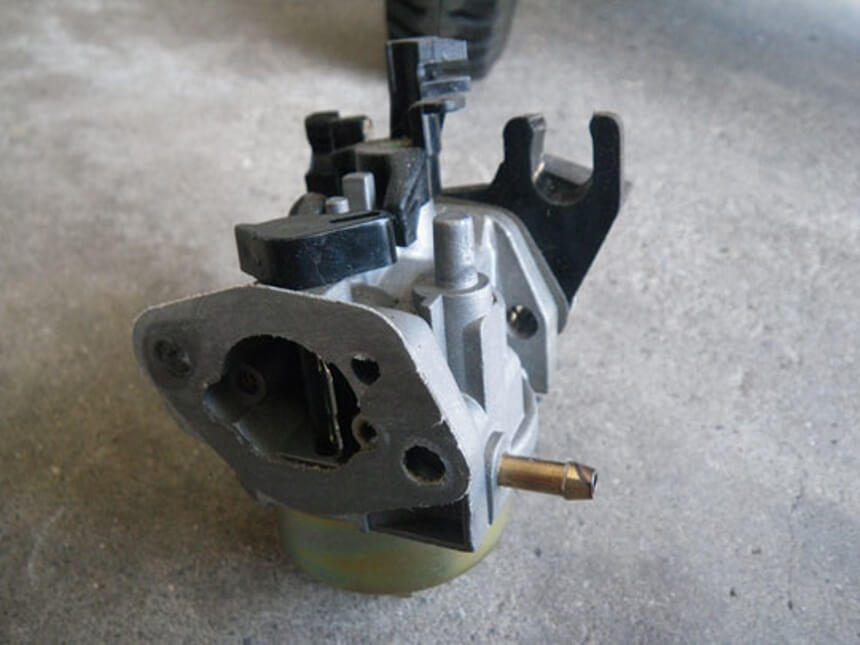
The carburetor takes gasoline and mixes it with air Trusted Source Carburetor - Wikipedia A carburetor (American English) or carburettor (British English) is a device that mixes air and fuel for internal combustion engines in an appropriate air–fuel ratio for combustion. en.wikipedia.org before the mixture is sucked into the cylinders in the correct proportions. The carburetor is connected to the air intake of your engine through the air filter and thanks to gravity or a gasoline pump, gasoline arrives from your tank to the carburetor.
You may have noticed a loss of power and torque when starting your generator. The engine operation seems irregular to you. The engine stalls or jerks. Also, the generator engine may refuse to start. You may also notice black smoke coming out of the exhaust. This may lead to carbon monoxide poisoning, if not corrected. In fact, the CNN reports that eight of the 15 deaths Trusted Source More than half the deaths associated with Hurricane Laura were caused by the improper use of portable generators - CNN More than half the 15 deaths associated with Hurricane Laura were caused by the improper use of portable generators. edition.cnn.com during the Hurricane Lamar in Louisiana in 2020 were due to carbon monoxide poisoning from portable generators.
The rubber gaskets may also need a replacement; because a worn seal at the level of the intake pipe causes the loss of the seal of the carburetor. The generator then ends up with too much air.
Any of these may force you to believe that the problem is at the level of the carburetor.
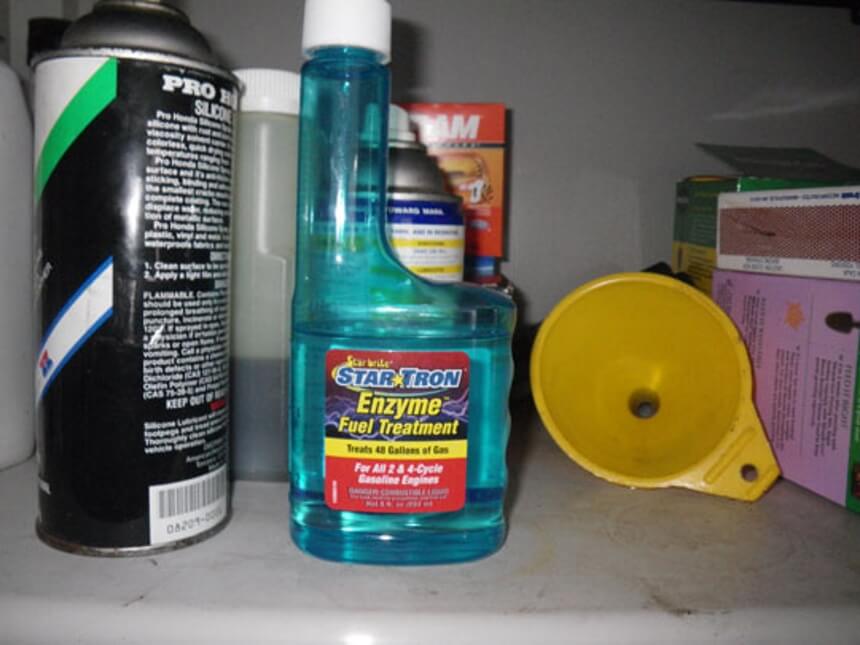
What you will need
As a preventive measure and during regular maintenance, you can inject an additive into your gas tank. Intended to clean the fuel system, it will rid the inside of the carburetor of small residues.
However, if your carburetor is really dirty, this cleaning will not be sufficient. It will then be necessary to manually remove and clean the carburetor(s).
If the engine still does not run well, starts poorly, or doesn’t start at all even after cleaning the carburetor without disassembly, it may be due to the condition of the carburetors.
Proper cleaning and replacement of different gaskets can make all the difference. If you have some technical knowledge, and can work carefully, this is a job you can do on your own. It will be also easier if you have a manual for your generator handy.
Step 1: Disassembling the carburetor
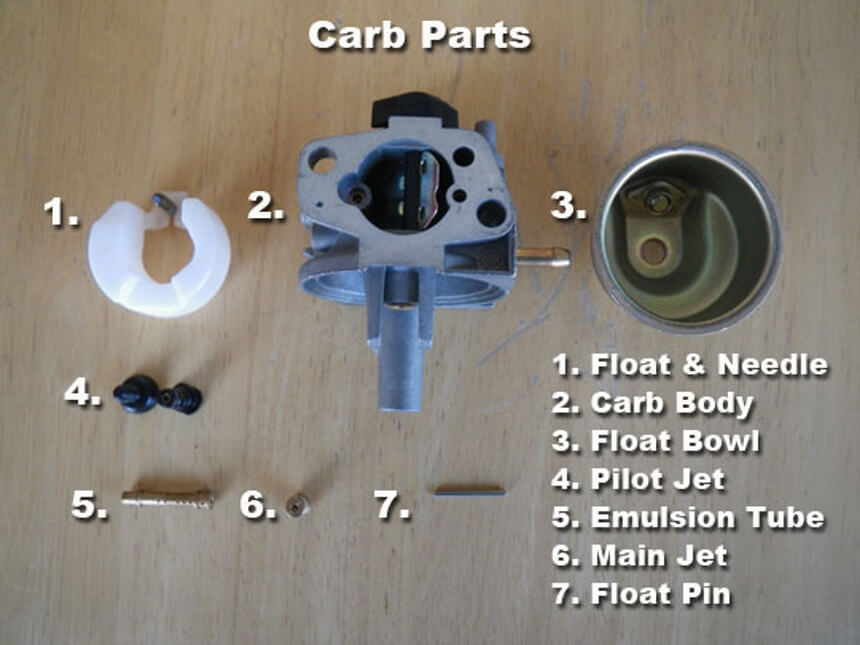
Remove the vacuum hose, the fuel hose (put a rag around it to absorb the fuel), then the choke cables. Then in the rear and front of the carburetor, loosen the screws in the clamps. By now, you can manage to twist the carburetor to remove it.
Then remove the air filter. Be sure to leave all suction and fuel hoses in place. Then disconnect the choke and the gas cables. Once you’ve unplugged everything, you can now take the carburetor apart.
Step 2: Clean the exterior of your carburetors
Once the carburetor is in hand, clean it by spraying it with a carburetor spray cleaner. Then use the air blow gun to blow air over it so that no residue remains. Next, unscrew the tank while remaining very organized.
Clean the jets and check that nothing is blocking them. Do not insert a cable inside to clean them. Blow in and clean them with the spray. Gently disassemble the float and the needle to clean them; note the setting first. Once all the items are cleaned, blow them out to be sure that no dirt remains.
You can also use the carb cleaner and a toothbrush to thoroughly clean the exterior of the carburetor. Evaluate the condition of the suction rubbers. One of the main causes of engine malfunction is the suction of false air. If you find any damage or cracks, you should replace the rubbers.
Step 3: Cleaning the interior
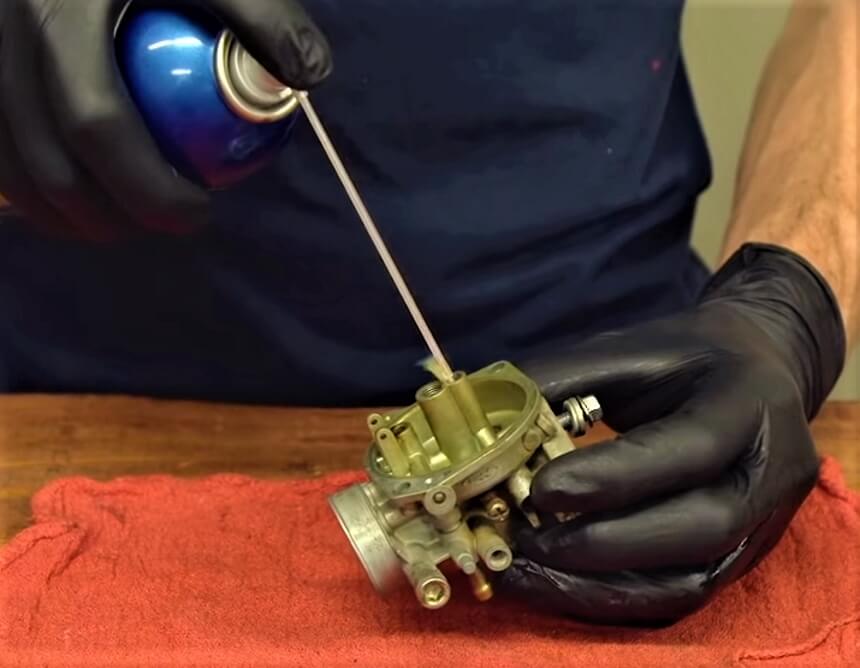
Step 4: Replacing the rubber seals
Your carburetors contain several rubber gaskets. Make sure you have new ones ready. Rubber gaskets are often easily removed with a small screwdriver. When reassembling the carburetors, make sure that all new gaskets stay in place in the appropriate recesses. Before reassembling the carburetors, it is advisable to lightly grease all the rotating parts.
Step 5: Replacing your carburetors
Make sure your carburetor is properly seated in the suction rubbers and that no cables or hoses get caught. Tighten the hose clamps, but not too tight to avoid damaging the rubber. Then you can reconnect the gas cables, choke cables, and fuel hoses.
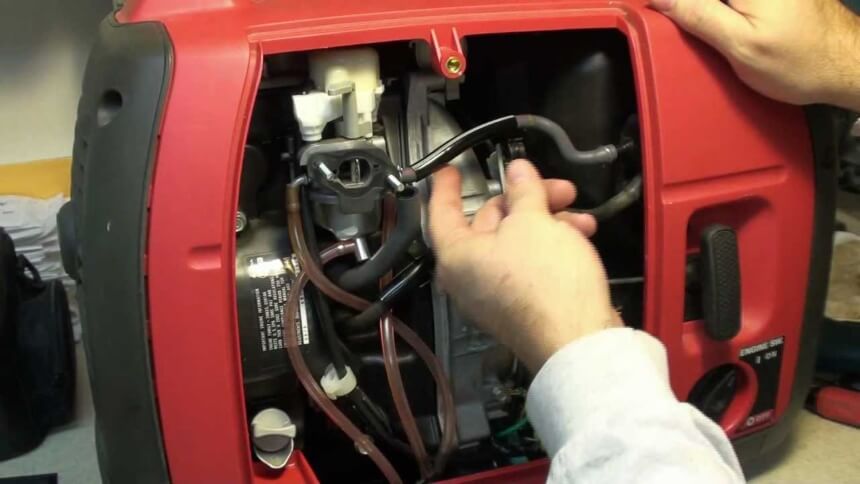
Steps:
Do you have a Briggs and Stratton 4500 or 5500 generator? You may check out the YouTube video below to see how to clean or repair your generator carburetor:
As earlier mentioned, one of the reasons why carburators require maintenance is when they are left dormant for long. However, in most cases, generator use is seasonal. They are most used during the hurricane season in the US, for example. So, the carburetor can become clogged if the generator is left without running for a while. Therefore, to prevent carburetor pollution and other problems, it’s always helpful to empty the gas tank in anticipation of the winter break or prolonged period of unuse.
Another way to prevent carburetor from pollution is by periodically using the carburetor cleaner or a fuel system cleaning additive.
Carburetor cleaner removes gum and varnish in your engine’s fuel system, ensures that the float is cleaned, and leaves a small film of oil behind. The float is therefore well sealed. Regular use of this type of gasoline cleaner ensures that the carburetor stays clean and does not dry out. Also, exhaust smoke is reduced, your engine runs better at idle mode, and your engine’s power is restored.
Portable generators especially have rocker arm engines. Their carbs require periodical maintenance because of the buildup of debris and dirt. Because of these adulterants, they inhibit its function of properly mixing air and fuel. Thus, they dramatically reduce its horsepower as well as the fuel and oil efficiency. We’ve seen how to clean generator carburetors and when and why you should. Cleaning the carburetor causes air to travel through it much faster, reducing static pressure and increasing dynamic pressure, which in turn dramatically improves the fuel efficiency of your generator.
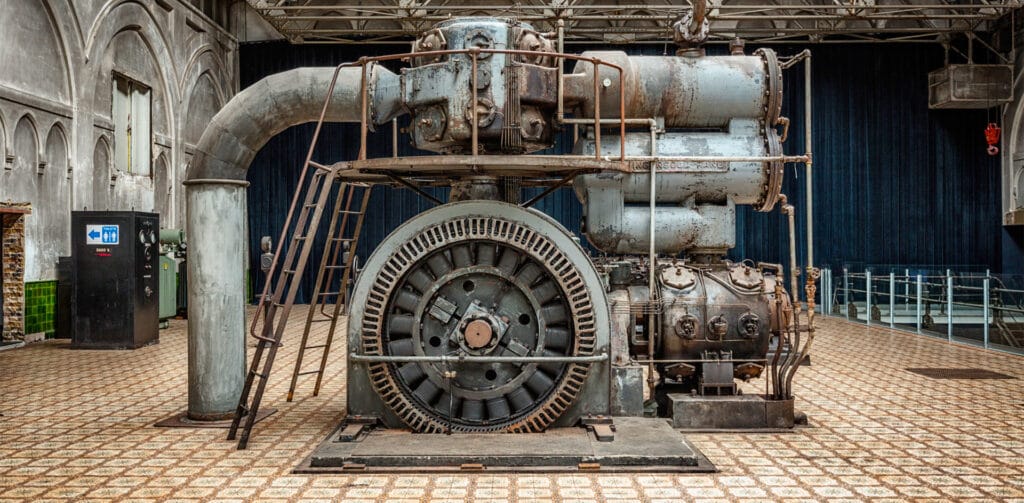
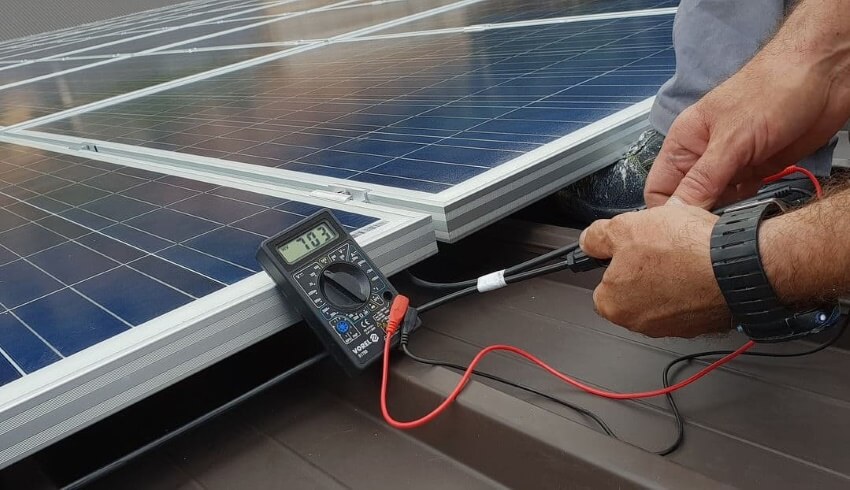

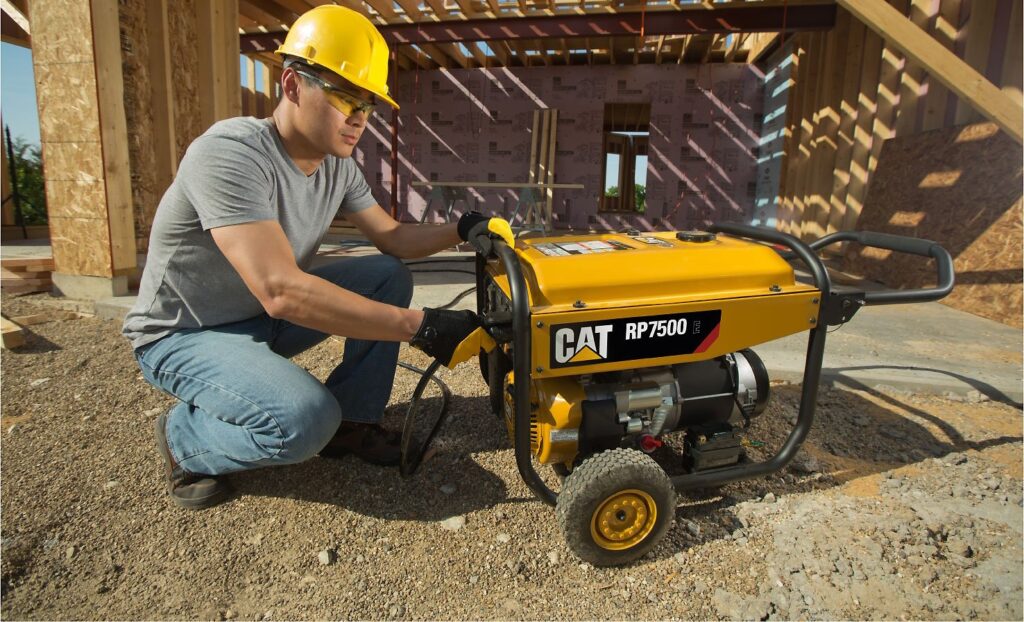

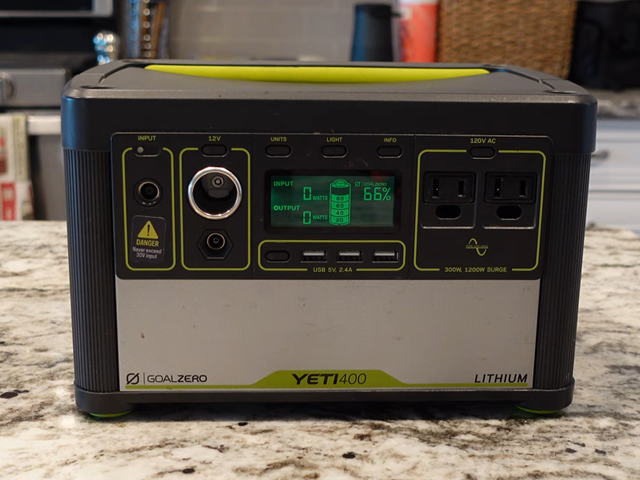
Why do so many people don’t know how to properly clean their generator lol? Am I the only one who really cares?
Pls help! How to clean a generator carburetor without removing it?
Hi! You’ll need to suck up gas from the generator into a rubber hose and then spray it back out. This will remove any foreign particles that may be present in the gas. Let me know if this helped.
Try to do this: fill your bucket with water and add soap to it, then put the hose in the bucket and turn on any external source of power (i.e., an extension cord). Let this mixture work for about 30 minutes before finally turning off your external power source. This should clean out anything that’s inside your generator’s carburetor while not damaging the internal parts or leaving residue behind.
Ive had my honda em5000 generator for a few years and i havent used it in a while and its got a little gas in it and i want to clean it. Anyone have tips on how to clean a honda generator carburetor?
You’ll need to remove the air filter housing before taking out the float needle and seat assembly. After that, you can remove all of the old fuel to get rid of any dirt particles inside it. Put in some new fuel and then add a small amount of oil before replacing everything one by one until it’s back on the generator again.
Maybe you also know how to clean carburetor on onan 5500 generator? Thanks
last time I cleaned my dads honda generator it wouldn’t start, so I turned the gas on and put a rag in it. It worked, but after about 5 minutes of running some weird tar stuff started leaking out of the muffler. So what do you recommend for cleaning this thing?
What are the most effective tools for cleaning a generator carburetor?
Did you try compressed air? It’s one of the most effective tools to clean a generator carburetor because it can blow away dirt particles and dust from the carburetor and remove all the oil and grease, preventing the accumulation of sludge in the fuel system. I’d also recommend using vinegar – it works well on brass or copper parts because it removes tarnish without stripping off